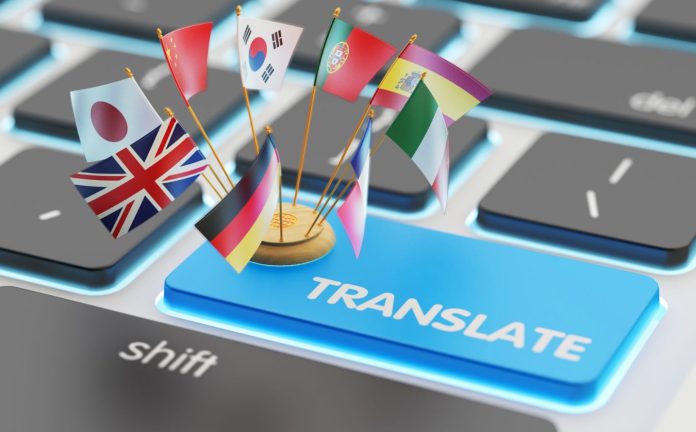The internet runs on hundreds of languages. Most business websites still only speak one.
That’s a problem, especially if you’re trying to grow internationally.
Plenty of companies are eager to expand across borders. They roll out new websites, launch ads, and build global sales teams. But if the customer experience is still built around English, something important gets lost. A local buyer might find your page. But if the content feels off, unfamiliar, or not made for them, they’re likely to move on.
This is what localization is really for.
Translation is part of it. Localization goes further. It adapts the entire experience, such as language, layout, tone, and cultural references, so it fits naturally in a specific market. When done right, the difference is clear. Understanding the words is one thing. Feeling like the product was made for you is something else entirely.
Localization helps remove friction from the customer journey. It closes the gap between interest and action. From onboarding flows and legal disclaimers to checkout forms and customer support, small adjustments can make a big difference in whether someone chooses to stay, click, or buy.
Here’s the issue: many businesses treat localization like a side project. They translate a few pages, maybe the homepage, and assume that’s enough. But when customers see pricing in the wrong currency, unfamiliar references, or a checkout form that doesn’t reflect how things work in their country, it chips away at trust. Even small disconnects can turn people away.
Most teams aren’t set up to manage localization on their own. That’s why many work with experienced language service providers. PoliLingua Ltd is one example. They help companies adapt content into more than 150 languages. This includes everything from websites and software to contracts, videos, and marketing campaigns.
What matters in a partner like this is more than just translation skills. You want consistency, local insight, and smooth delivery. Localization also needs to match your branding, legal requirements, and the way your product actually works in different regions.
This work doesn’t stop after the first rollout. Every time you launch a new feature, run a campaign, or update your terms, that content may need to be adapted again. Companies that treat localization as part of everyday operations, not just a checklist item, tend to build stronger global presence over time.
What it really comes down to is this: localization helps people feel like your company sees them. That kind of recognition builds trust. And trust builds momentum.
Global growth takes more than shipping options and ads in new markets. If your product, message, or support materials don’t feel familiar to the people you’re trying to reach, the rest of your efforts will only go so far. Localization is what helps you operate with clarity, relevance, and respect in every market, not just presence.
It doesn’t need to be complicated, but it does need to be intentional. The companies that get this right treat localization as a core part of their growth process, not an afterthought. They set up systems, bring in the right partners, and treat localization as part of scaling, not an afterthought.
If reaching new markets is part of your plan, localizing well is one of the most reliable ways to make that growth actually work.



 Bitcoin
Bitcoin  Ethereum
Ethereum  Tether
Tether  XRP
XRP  USDC
USDC  Lido Staked Ether
Lido Staked Ether  TRON
TRON  Cardano
Cardano  Avalanche
Avalanche  Toncoin
Toncoin  Wrapped SOL
Wrapped SOL